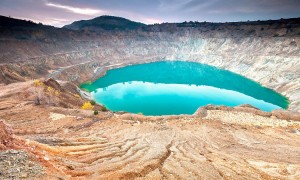After a frigid winter people usually look forward to sunny summer days and high temperature. However, there are places on earth that are not very hospitable during the warmer months.
Dallol, Ethiopia
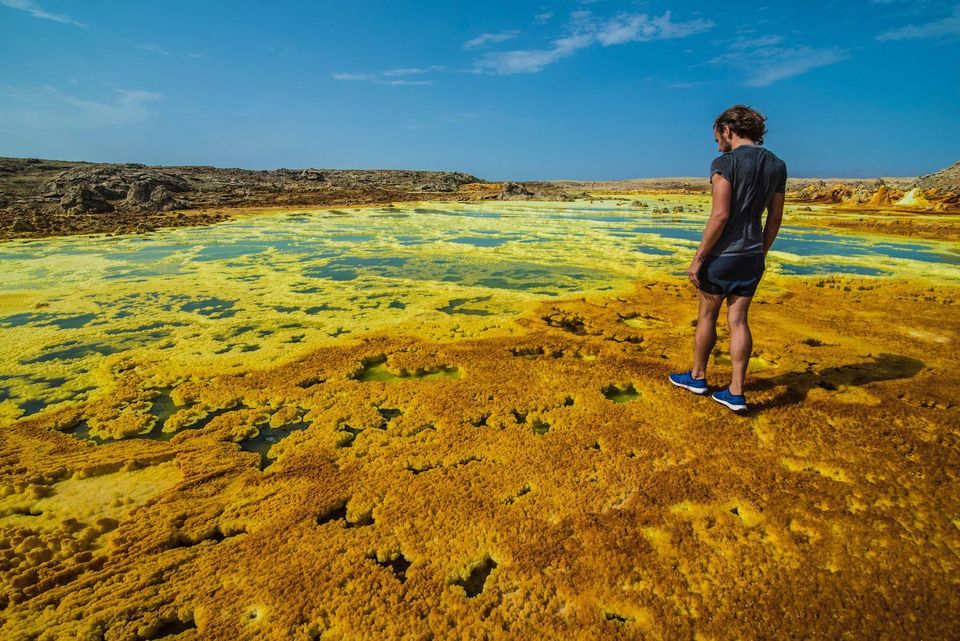
Dalol is a volcanic region in northeastern Ethiopia, located in the Danakil depression. This is the place that holds the record for the highest average annual temperature (around 35 ° C). Daytime temperatures are rarely lower than 37-38 ° C. Today, the area Dalol is uninhabitable but in the 60s of the last century it was a mining village. The area is known for its amazing volcanoes and hydrothermal deposits. It seems that the heat here comes not only from the bright sun, but also from the subsurface.
Tirat Zvi, Israel
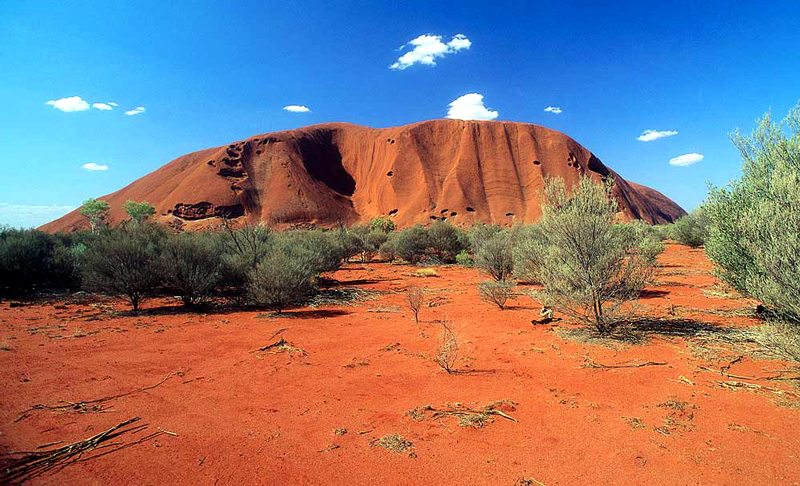
Tirat Zvi is a religious kibbutz in Israel, located in the Valley of Beit She’an, 220 meters below sea level. The Jordan River supports the region fertile, while the sun burns the ground relentlessly through the summer months. In June 1942 at Tirat Zvi recorded the highest temperature ever measured in Asia (53,9 ° C). To escape the heat, residents rely on springs and natural waters, and in every house is being built canopy to shade.
Timbuktu, Mali
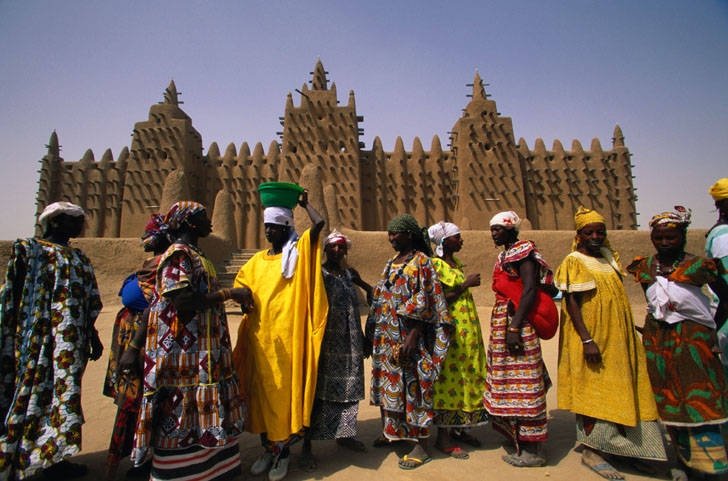
Timbuktu has a rich and glorious history. It is a city in the West African country Mali, which once played the role of an important commercial crossroads and had a key to the spread of Islam throughout Africa. Although still has a stable population and is known for one of the largest collections of ancient manuscripts in the world, Timbuktu, little by little, is conquered by the Sahara desert. Desertification is a major problem here and the dunes and the city streets are often buried by desert storms. The temperatures are very high and often exceed 54 ° C. Salvation are cooling waters of the Nile, located 24 km away.
Kebili Governorate, Tunisia
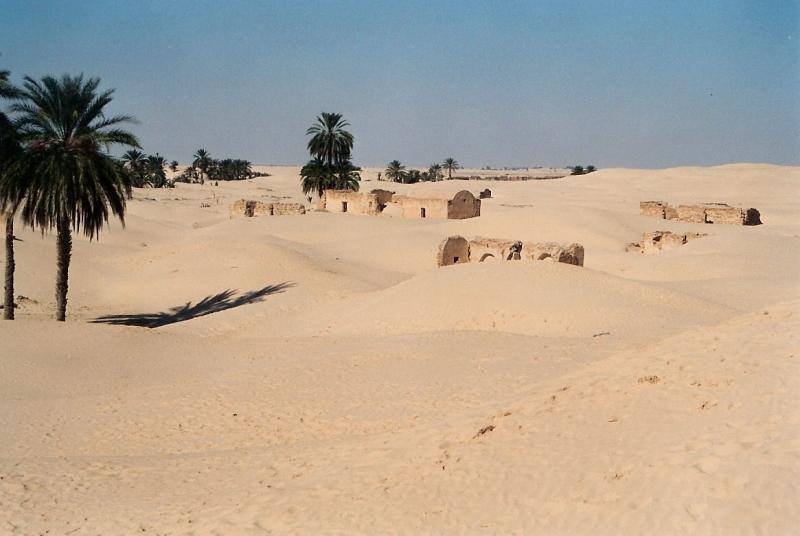
Desert oasis in the southwestern part of Tunisia – Kebili governorate – is one of the places where people go to escape the heat of North Africa. There are palm trees creating shade and cooling waters, but even they are not salvation, when the mercury exceeds 55 ° C. It was here that have registered some of the highest temperatures ever measured in Africa. Despite the severe weather conditions, the place is unique and picturesque. According to the official evidence Kebili governorate was inhabited even 200 000 years ago.
Rub’ al Khali, Arabian peninsula
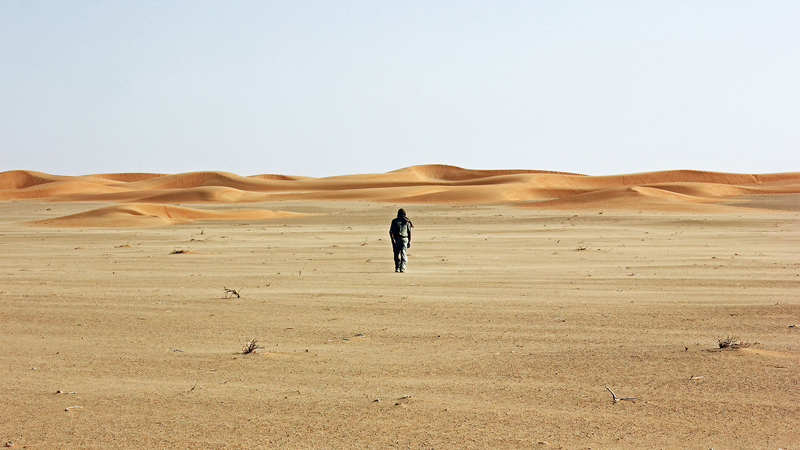
Rub’ al Khali is the longest sandy desert in the world, extending to nearly 1/3 of the Arabian peninsula. It covers the territory of Saudi Arabia, Yemen, Oman and the U.A.E.. The climate is dry and hot. Temperatures can exceed 56 ° C and annual rainfall is no more than 10 cm. Rub’ al Khali is so inhospitable that it was perambulate in 2013 for the first time.
El Azizia, Libya
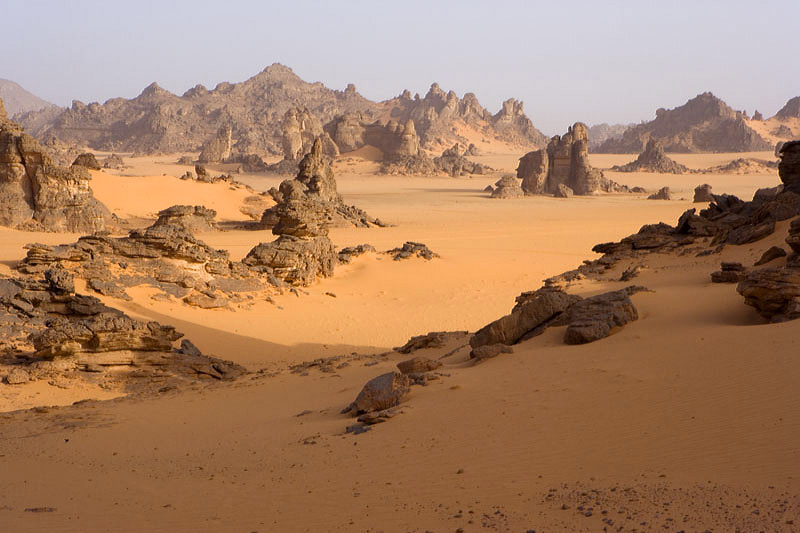
On September 13, 1922, the weather station in El Azizia goes into the history, taking into account the highest temperature ever measured on Earth (58 ° C). 90 years later, however, the World Meteorological Organization Announces reported data for invalid. Although the record is rejected, doubts remain that this temperature was actually attained, since 49 ° C here are commonplace.
Death Valley, United States
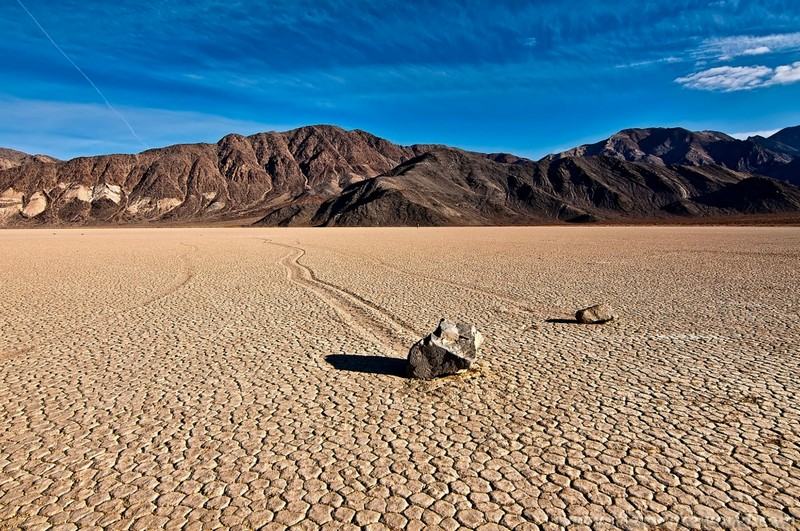
In the Mojave Desert, California, lies the National Park Death Valley – the lowest, the driest and hottest place in North America. Here is placed the record for the highest recorded temperature (° C 56,7). The World Meteorological Organization awarded the record of death Valley in 2012 when the measurements of the previous record holder, El Azizia, were declared invalid. Amazing are the mysterious moving rocks, leaving behind traces.
The Flaming mountains, China
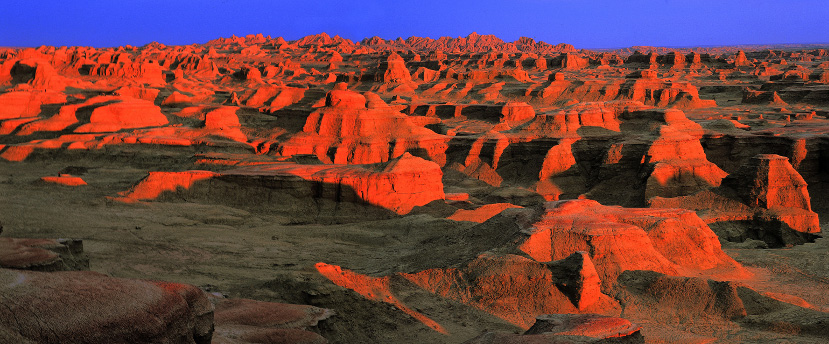
The Fiery mountains are located in the Tian Shan and probably owed its name to the sharp rocks of red sandstone resembling flames. Another plausible reason for the name is the heat. Although there is no weather station to measured the temperatures, the NASA satellite is equipped with Spectro-radiometer and has the ability to measure the temperatures of the Earth’s surface from outer space. In 2008 in the Fiery mountains are measured 66,7 ° C.
Badlands National Park, Australia
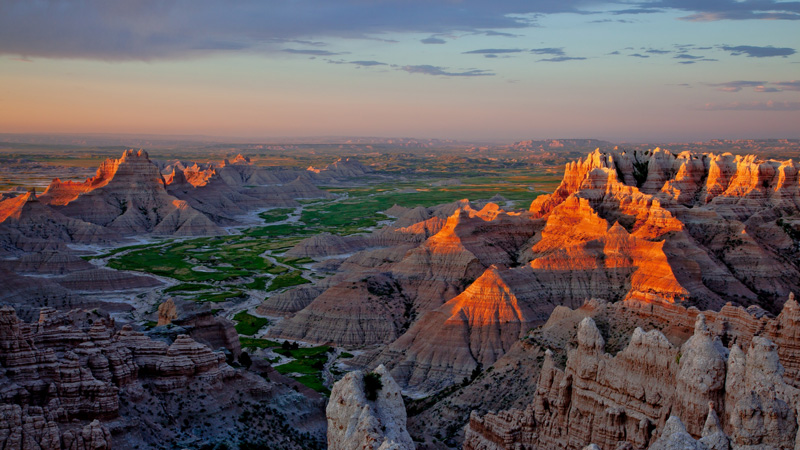
Australia is the driest inhabited continent on Earth and much of its territory is occupied by wasteland and deserts. Since on these territories are living very few people and these remote areas do not supported sophisticated weather stations. In 2003, NASA satellite recorded temperature up 68.9 ° C.
Loot Desert, Iran
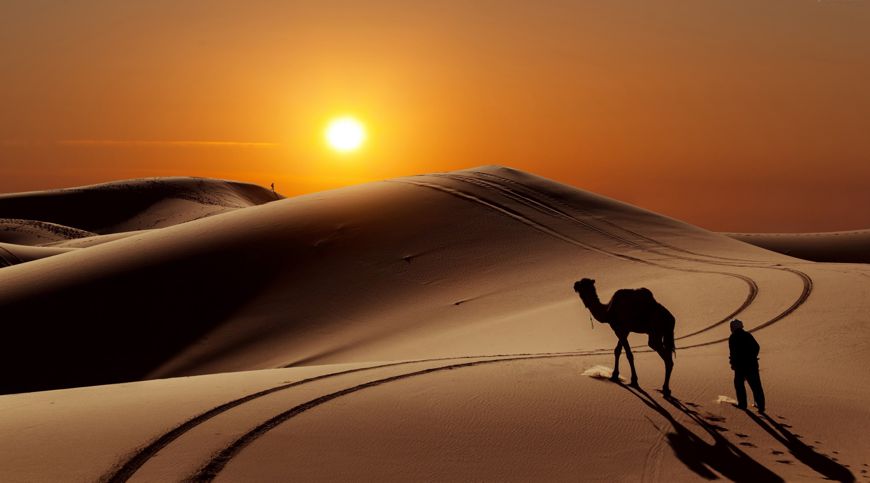
Iran’s Loot Desert is one of the driest and hottest places in the world. In 2005 NASA satellite measured temperature – 70.7 ° C.

